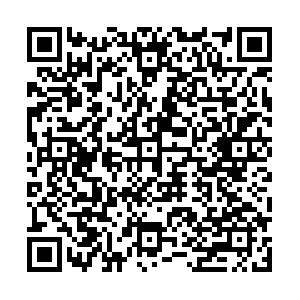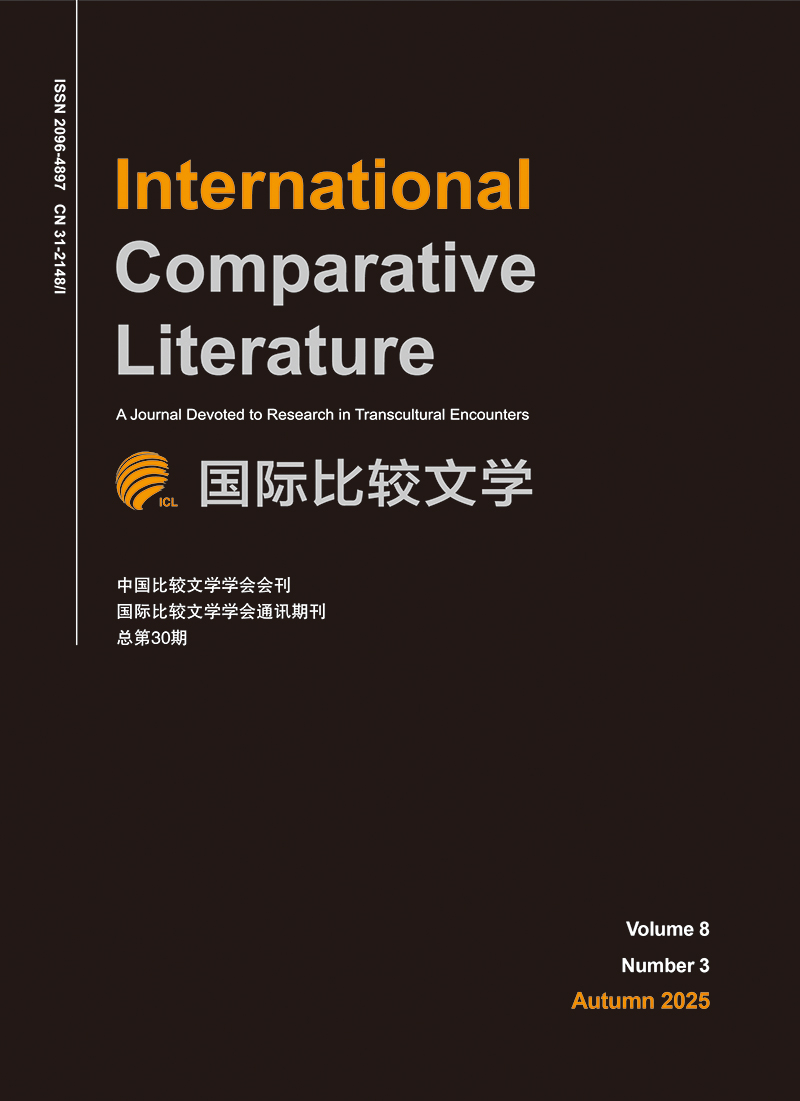|
[1]
|
Adorno,Theodor W.Negative Dialectics.Translated by E.B.Ashton.London and New York:Routledge,2004.
|
|
[2]
|
——."Cultural Criticism and Society." In Prisms.Translated by Samuel Weber and Shieny Weber Nicholsen.Cambridge,MA.:Massachusetts Institute of Technology Press,1981,17-34.
|
|
[3]
|
Alkana,Joseph."Do We Not Know the Meaning of Aesthetic Gratification?:Cynthia Ozick's The Shawl,the Akedah,and the Ethics of Holocaust Literary Aesthetics." Modern Fiction Studies 43,no.4(1997):963-90.
|
|
[4]
|
Brauner,David."Breaking the Silences:Jewish-American Women Writing the Holocaust." The Yearbook of English Studies 3 1(2001):24-38.
|
|
[5]
|
Browning,Christopher.Nazi Policy,Jewish Workers,German Killers.Cambridge:Cambridge University Press,2000.
|
|
[6]
|
Budick,Emily Miller." The Holocaust in the Jewish American Literary Imagination." The Cambridge Companion to Jewish American Literature.Edited by Hana Wirth-Nesher and Michael P.Kramer.Cambridge,U.K.:Cambridge University Press,2003,212-30.
|
|
[7]
|
Diner,Hasia R."Post-World-War-Ⅱ American Jewry and the Confrontation with Catastrophe." American Jewish History 91,no.3(2003):439-67.
|
|
[8]
|
Friedman,Lawrence S.Understanding Cynthia Ozick.Columbia:University of South Carolina,1991.
|
|
[9]
|
Goldfrad,Keren."Echoes:A Preface".In The Call ofM emory:Learning about the Holocaust through Narrative:An Anthology.Edited by Karen Shawn and Keren Goldfrad.Teaneck,NJ:Ben Yehuda,2008,xiii-vii.
|
|
[10]
|
Kauvar,Elaine M.Cynthia Ozick's Fiction:Tradition and Invention.Bloomington:Indiana University Press,1993.
|
|
[11]
|
Kaye,Melanie/Kantrowitz."Stayed on Freedom:Jews in the Civil Rights Movement and After." In The Narrow Bridge:Jewish Views on Multiculturalism.Edited by Marla Brettschneider.New Brunswick,NJ:Rutgers University Press,1996,105-22.
|
|
[12]
|
Langer,Lawrence.Preempting the Holocaust.New Haven:Yale University Press,1998.
|
|
[13]
|
Levi,Primo.If This Is a Man;And,the Truce.London:Abacus,1987.
|
|
[14]
|
Lowin,Joseph.Cynthia Ozick.Boston:Twayne,1988.
|
|
[15]
|
Mikics,David.Slow Reading in a Hurried Age.Cambridge,MA:Belknap of Harvard University Press,2013.
|
|
[16]
|
Mintz,Alan L.Popular Culture and the Shaping of Holocaust Memory in America.Seattle:University of Washington,2001.
|
|
[17]
|
Ozick,Cynthia."A Life in Writing:Cynthia Ozick." Interview by Emma Brockes.The Guardian,July 2,2011.http://www.theguardian.com/culture/201 1/j ul/04/cynthia-ozick-life-writing-interviewr[December 18,2020].
|
|
[18]
|
——."An Interview with Cynthia Ozick." Interview by Dana Gioia.The Big Read,August 9,2007.http://www.neabigread.org/books/theshawl/readers-guide/,[December 18,2020].
|
|
[19]
|
——."The Many Faces of Cynthia Ozick." Interview by Katie Bolick.The Atlantic,May 15,1997.http://www.theatlantic.com/past/docs/unbound/factfict/ozick.htm,[December 18,2020].
|
|
[20]
|
——.The Shawl.New York:Vintage Books,1990.
|
|
[21]
|
——."Being Nice or Rotten in Writing." Interview by Richard Bernstein.The New York Times,October 2,1989.http://www.nytimes.com/1989/10/03/books/being-nice-or-rotten-in-writing.html,[December 18,2020].
|
|
[22]
|
——."Roundtable Discussion." In Writing and the Holocaust.Edited by Berel Lang.New York:Holmes & Meier,1988,277-84.
|
|
[23]
|
——."Cynthia Ozick,The Art of Fiction No.95." Interview by Tom Teicholz.Paris Review,Issue 102,1987.http://www.theparisreview.org/interviews/2693/the-art-of-fiction-no-95-cynthia-ozick,[December 18,2020].
|
|
[24]
|
——."Cynthia Ozick's Rabbinical Approach to Literature." Interview by Mervyn Mervyn Rothstein.The New York Times,March 24,1987.http://www.nytimes.com/1987/03/25/books/cynthia-ozick-s-rabbinical-approach-toliterature.html,[December 18,2020].
|
|
[25]
|
——."An Interview with Cynthia Ozick." Interview by Elaine M.Kauvar.Contemporary Literature 26,no.4(1985):375-401.
|
|
[26]
|
——."Envy;Or,Yiddish in America——A Novella." Commentary Magazine RSS.January 11,1969.http://www.commentarymagazine.com/article/e nvy-or-yiddish-in-america-a-novella/,[December 18,2020].
|
|
[27]
|
——."The Pagan Rabbi." The Hudson Review 19,no.3(1966):425-54.Rosen,Norma.Accidents of Influence:Writing as a Woman and a Jew in America.New York:State University of New York Press,1992.
|
|
[28]
|
——.Touching Evil.Detroit:Wayne State University Press,1990.
|
|
[29]
|
Rosenberg,Meisha."Cynthia Ozick's Post-Holocaust Fiction:Narration and Morality in the Midrashic Mode." Les Cahiers De La Nouvelle:Journal of the Short Story in English 32(1999):1 12-27.
|
|
[30]
|
Rothberg,Michael."'We Were Talking Jewish':Art Spiegelman's Mans as Holocaust Production." Contemporary Literature 35,no.4(1994):661-87.
|
|
[31]
|
Rubin,Steven J."American Jewish Writing in the Eighties." MELUS 8,no.3(1981):5-10.
|
|
[32]
|
Shapiro,Edward S.A Time for Healing:American Jewry since World War II.Baltimore:Johns Hopkins University Press,1992.
|
|
[33]
|
Sivan,Miriam.Belonging Too Well:Portraits of Identity in Cynthia Ozick's Fiction.Albany:State University of New York Press,2009.
|
|
[34]
|
Sundquist,E.J."Witness without End?" American Literary History 19,no.1(2006):65-85.
|

 点击查看大图
点击查看大图



 下载:
下载:

